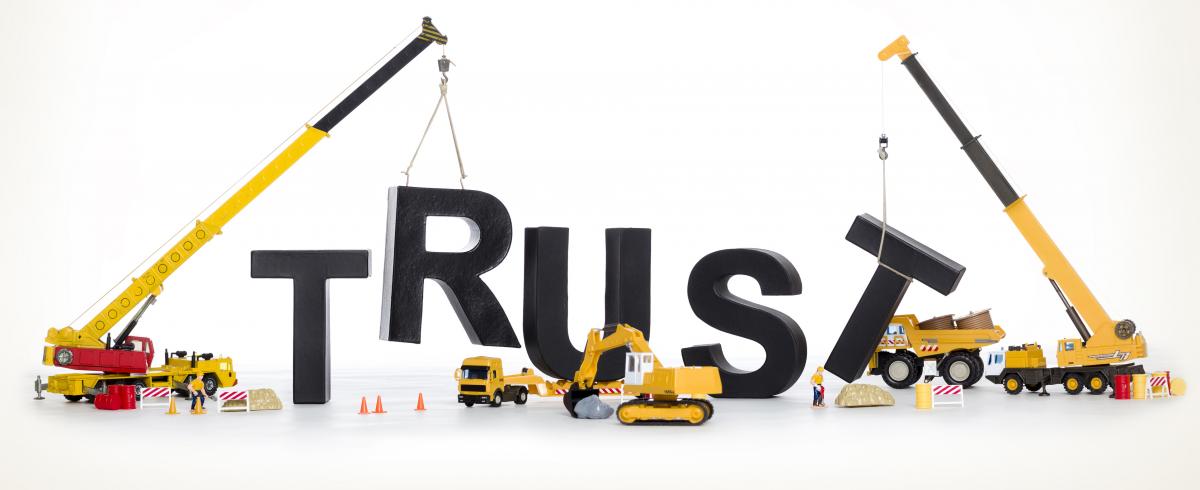Lifesaving Rules, Golden Rules, Cardinal Rules many organizations identify a set of safety rules that are considered of utmost importance. The less common term “Blood Rules” graphically indicates the genesis of these rules they come from an analysis of serious injuries and fatalities within organizations and/or industries. Not surprisingly, many lifesaving rules are similar across high-hazard industries. Energy isolation, fall arrest, and safe operation of mobile equipment show up on most lists.

Lifesaving rules are helpful in that they pinpoint critical safety activities that help prevent serious injuries, fatalities, and other catastrophic events. However, an overly simplistic approach to implementing these rules undermines their potential effectiveness. A common strategy includes the following steps:
- Clearly state the rules in written documents, signage, and verbal communications.
- Ensure all employees are trained in the rules and understand their importance.
- Clearly state the consequences for not following the rules—often termination.
- Instruct management to do checks on adherence to rules and follow through with the consequences if rules are not followed.
While these steps are important, they are not sufficient to create a culture of lifesaving habits. This approach implies that the rules are always easy to follow (which they are not) and assumes that threatening with dismissal is the best strategy to ensure adherence (which it is not).
Some industry leaders, in the mining industry, in particular, go beyond frontline-focused lifesaving rules and create a set of protocols or controls that outline what needs to happen to enable the rules to be followed.
These controls often require both management and front line involvement. For example, using fall protection when working at height is a common lifesaving rule. The controls or protocols associated with this rule might include doing pre-task hazard assessments to determine the need for fall protection, ensuring appropriate gear is readily available, identifying anchor points prior to the task, and ensuring the gear and anchor points are inspected regularly. This dual approach of identifying lifesaving behaviors at the front line and lifesaving controls or protocols that include management behavior is a more thorough approach to what are often complex situations. On the surface, it seems that stating the rule, “all employees must wear fall protection when working above 2 meters,” is straightforward and should be easy to comply with, but it often is not. Differing types of fall protection, availability of fall protection, uncertainty as to when it should be used, and lack of appropriate anchor points are just some of the ways this seemingly simple rule can be hard to follow. Pinpointing behaviors on the part of leaders helps set the front line up for success, and ensures appropriate shared ownership.
The addition of protocols or controls to lifesaving rules is helpful. However, the strategy to ensure adherence to the rules and protocols is often less effective than it could be. As noted, the most common strategy is to clarify the rules and protocols, make it clear that those caught not adhering to the rules will be terminated, and then check for compliance. Those familiar with behavioral science will recognize this as the use of antecedents (communicating and training in the rules), negative reinforcement (telling workers to follow the rule or else be terminated), and punishment (those caught violating the rule are terminated). This strategy has well-documented side effects, particularly when the negative consequences are severe, as they are in the case of lifesaving rules. The most notable side effects are fear, under-reporting, erosion of trust, and an “us-against-them” sentiment. Fear of being fired often leads to workers focusing more on not being caught, than on problem-solving ways to better follow the rules. This would be less problematic if the rules were always easy to follow, however, workplaces are often surprisingly complex and getting more complex all the time. Some workplaces, such as mines and construction sites, are constantly changing. So despite the appeal of a simple rule to “wear fall protection when working above 2 meters,” it is often not that simple. Ultimately, in order to ensure the rule is followed, you must create a culture where workers are willing to tell you when it has been difficult to follow the rule, and tell you when they actually did not follow the rule and why (even riskier). Workers need to be willing to say that they don’t know, they are unsure, or they are confused. Only through these conversations can sustainable rule adherence be achieved. To assume that it is always easy or even possible to follow lifesaving rules is to not understand the complex, fluid nature of most high-hazard work. To assume that threatening to terminate people for not following rules will ensure everyone follows them is naïve. Such an approach may make senior leaders feel good about taking decisive action, but it rarely leads to the desired outcome.
A better strategy for implementing lifesaving rules and protocols is a little more complex, but necessary, and involves the addition of these interrelated steps:
- Positively Reinforce Stop Work Authority. Empowering workers to stop work if they believe they cannot do the job safely is an important component of any safety management system, but it is particularly important in the context of lifesaving rules. When following lifesaving rules or protocols is difficult or confusing, employees at all levels must be comfortable stopping work and resolving the issue. Many organizations understand this and thus promote Stop Work Authority. However, just giving workers permission to stop work is not enough. Stop work needs to be positively reinforced, both actively and aggressively, because the natural consequences discourage it. Workers understand the importance of production (and sometimes are working under production incentives) so while they may not fear getting in trouble for stopping work, they are reluctant to do so because they anticipate the negative impact on production. However, stop work provides an excellent opportunity to evaluate the situations where the rules and protocols might not be easily followed. Thus, the more workers stop work and engage with leaders to do some problem-solving, the more robust the rules and protocols will be, and the more likely they will be followed.
- Build trust. As noted, dealing with the complexity that can surround lifesaving rules and protocols requires an open and honest learning culture focused on joint problem-solving between management and the front line. Proactively working on building trust is an essential prerequisite to creating life-saving habits. Some key leadership behaviors that build trust include; asking more than telling, actively listening, doing what you say you will do, acknowledging management’s role in problems, and using more positive than negative consequences.
- Perform frequent observations. Leaders should plan to do many observations of tasks involving lifesaving rules. These observations should be fewer checks on rule adherence, and more conversations that help both parties identify and understand how and when the rules are hard to follow and then problem-solve ways to make them easier. If workers believe the observations are in place to catch them doing something wrong, they will be guarded and the conversations will be less productive. Leaders need to make it safe and comfortable for workers to talk about why and how the rules may be hard to follow. If they are fearful they will be disciplined or fired, it is unlikely they will talk openly.
- Positively reinforce rule-following. Most organizations plan to use consequences only when rules are not followed, but the science is clear—positively reinforcing adherence to the rules/protocols is the only way to ensure consistent rule following. Furthermore, when people experience more positive reinforcement for doing things right, they are more likely to believe that the rules are truly about keeping them safe as opposed to regulatory compliance for the company or checking a box for management. Unfortunately, systematic use of positive reinforcement for lifesaving rules will not occur spontaneously, nor will it persist if leaders are simply told to do it. Too many leaders have a history of focusing on exceptions and ignoring rule compliance. Furthermore, effective use of positive reinforcement requires planning observations (see above) and taking the time for meaningful conversations. Getting these leadership activities to happen regularly requires education and accountability to ensure busy leaders make the time. Progressive companies understand this and are working to educate and coach their leaders in more positive strategies for managing lifesaving rules, including building in accountability to do so (for more, read Behavior-Based Safety BBS).
Clearly, these steps are more complicated and time-consuming than just stating a rule and punishing those who don’t follow it, but lifesaving rules and protocols are rarely simple. Proceeding as though they are will ultimately undermine the goal of preventing fatalities. There are no more important behaviors to manage than those associated with lifesaving rules. Investing in managing them effectively is the most important protocol of all.




